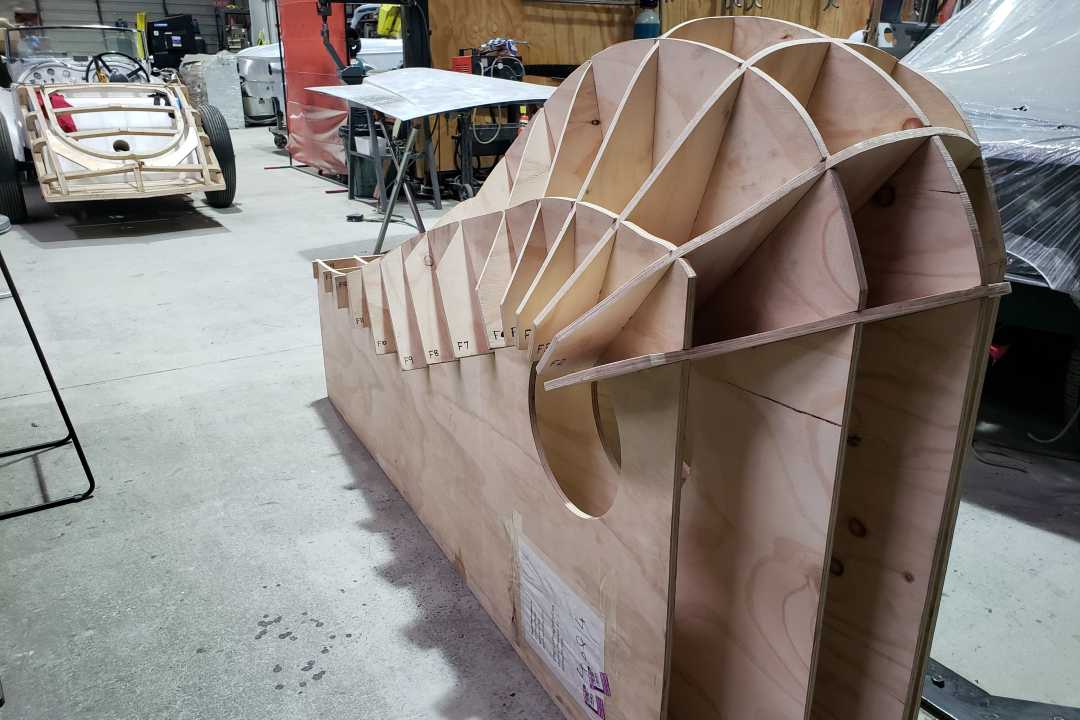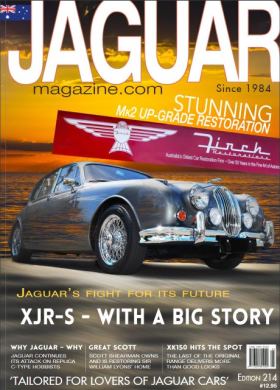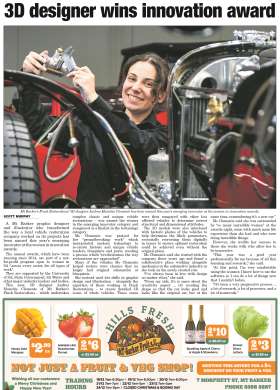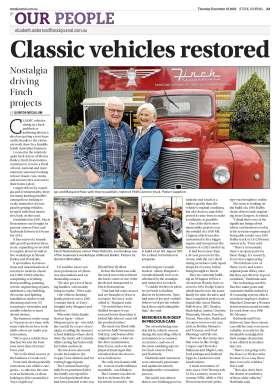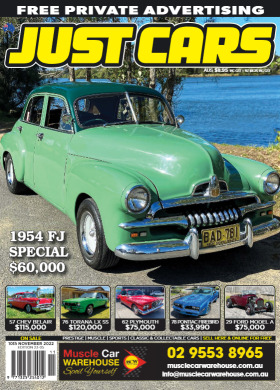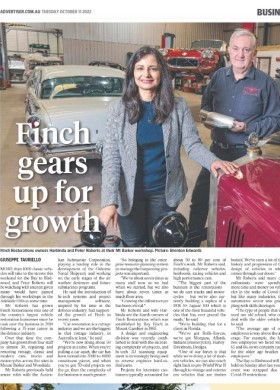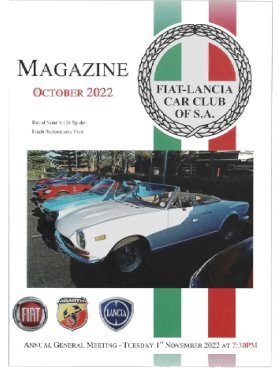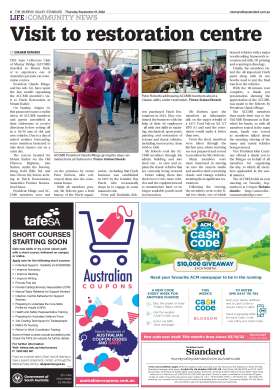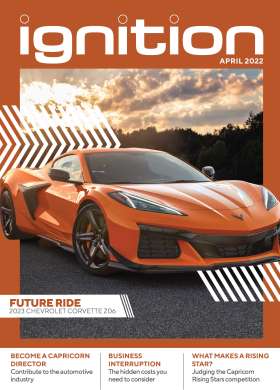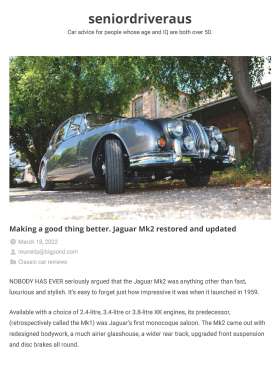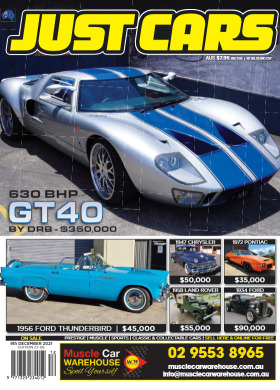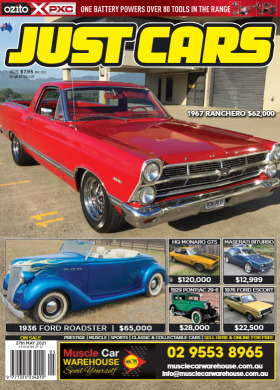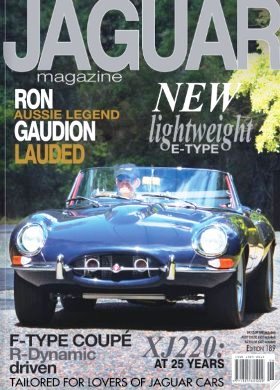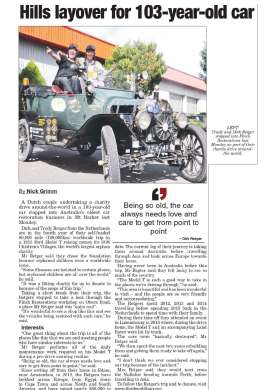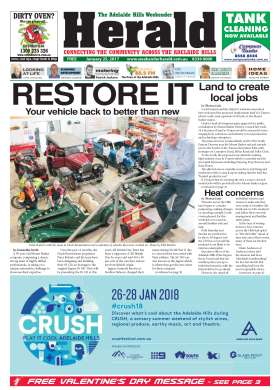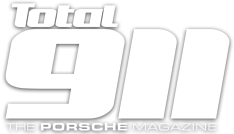Blending Technology and Tradition: The Art of Coachbuilding Bucks
At Finch Restorations, some of the tools we rely on wouldn’t look out of place in a 1930s workshop. An example of this is the buck, a very important element of the coachbuilding process.
Long before CAD modelling became standard in the industry, coachbuilders shaped panels and bodies over handcrafted wooden forms known as bucks. These physical frameworks acted as full-scale skeletons and blueprints, allowing craftsmen to hammer and shape metal with extraordinary precision — producing smooth curves, symmetrical wings, and seamless joins.
Today, bucks are rarely used outside of specialist coachbuilding restoration shops and bespoke fabrication. Here at Finch, they remain an essential part of how we work — especially when recreating or repairing bodywork for pre-war or custom-bodied classics. At Finch we use bucks to in many ways, such as on the guards for a 1920s Packard as highlighted in this post, as well as in the creation of the bodies for other vehicles such as the SS100.
To create these bucks, we begin at different points based on the project's specific needs. We usually scan both the car's interior and exterior, then transform the digital scan into a 3D spatial model. From this model, we develop a 3D representation of the skeletal buck. This allows us to generate the Computer Numeric Control (CNC) data required to cut the wooden components for assembling the final buck. In some cases, when no physical examples are available, we rely on thorough research and 3D design to develop the car's details and the buck.
In coachbuilding, authenticity doesn’t come from a catalogue. It comes from process — from the ability to shape, fit, and finish panels the way they were originally made.
So while it may look like a piece of vintage joinery, the buck is far more than a frame. It’s a reminder that true restoration is hands-on, heart-led, and often built from the ground up — literally.
Packard Guard Buck Gallery
